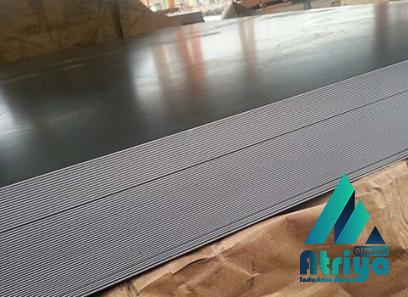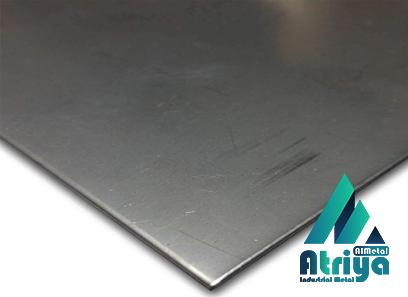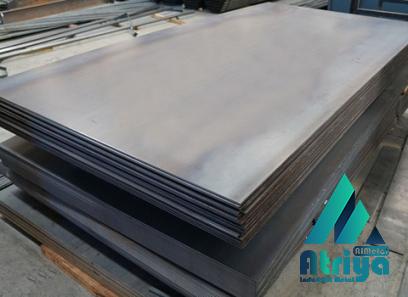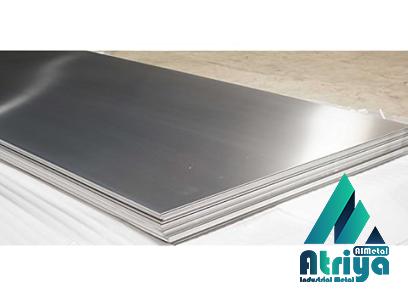A Comparison In the world of construction and manufacturing, two materials have solidified their place as top contenders – aluminum and galvanized steel. Both offer unique advantages and are commonly used in a wide range of applications. In this article, we will explore the characteristics and benefits of each material, helping you make informed decisions for your projects. Aluminum, known for its lightweight and corrosion-resistant properties, has become increasingly popular in various industries. Its low density gives it an impressive strength-to-weight ratio, allowing for the creation of sturdy structures without excessive weight. This makes it an excellent choice for applications where weight reduction is critical, such as aerospace, automotive, and marine industries. One of the standout features of aluminum is its natural resistance to corrosion. Unlike other metals, it forms a protective oxide layer on its surface when exposed to the atmosphere. This layer serves as a barrier, preventing further corrosion and ensuring the longevity of the material.

.
 Additionally, aluminum can be easily coated or anodized to enhance its corrosion resistance, making it suitable for outdoor applications in harsh environments. Galvanized steel, on the other hand, is known for its exceptional durability and strength. It is created by coating regular steel with a layer of zinc through a process called galvanization. This protective zinc coating acts as a sacrificial barrier, shielding the steel from rust and corrosion. Galvanized steel is widely used in construction, transportation, and manufacturing industries where strength and long-term durability are paramount. One major advantage of galvanized steel is its high resistance to mechanical damage. The zinc coating provides an added layer of protection that can withstand scratches, impacts, and abrasion, making it ideal for applications that require resilience to physical stress.
Additionally, aluminum can be easily coated or anodized to enhance its corrosion resistance, making it suitable for outdoor applications in harsh environments. Galvanized steel, on the other hand, is known for its exceptional durability and strength. It is created by coating regular steel with a layer of zinc through a process called galvanization. This protective zinc coating acts as a sacrificial barrier, shielding the steel from rust and corrosion. Galvanized steel is widely used in construction, transportation, and manufacturing industries where strength and long-term durability are paramount. One major advantage of galvanized steel is its high resistance to mechanical damage. The zinc coating provides an added layer of protection that can withstand scratches, impacts, and abrasion, making it ideal for applications that require resilience to physical stress.
..
 Moreover, galvanized steel maintains its structural integrity even when exposed to extreme temperatures, making it suitable for a wide range of climates. While both materials have their own merits, decision-makers must consider several factors when choosing between aluminum and galvanized steel. Cost is one important consideration. Aluminum tends to be more expensive than galvanized steel due to its processing and production methods. However, in certain applications where weight reduction is critical, the benefits of aluminum may outweigh the higher initial cost. Another factor to consider is the specific requirement of the project. For instance, when aesthetics are of utmost importance, aluminum’s sleek and modern appearance may be preferred.
Moreover, galvanized steel maintains its structural integrity even when exposed to extreme temperatures, making it suitable for a wide range of climates. While both materials have their own merits, decision-makers must consider several factors when choosing between aluminum and galvanized steel. Cost is one important consideration. Aluminum tends to be more expensive than galvanized steel due to its processing and production methods. However, in certain applications where weight reduction is critical, the benefits of aluminum may outweigh the higher initial cost. Another factor to consider is the specific requirement of the project. For instance, when aesthetics are of utmost importance, aluminum’s sleek and modern appearance may be preferred.
…
 For instance, when aesthetics are of utmost importance, aluminum’s sleek and modern appearance may be preferred. On the other hand, galvanized steel’s more rugged and industrial look may be better suited to applications where appearance is less important. In conclusion, both aluminum and galvanized steel offer unique advantages and are widely used in a range of industries. Aluminum’s lightweight and corrosion-resistant properties make it a popular choice for weight-sensitive applications, while galvanized steel’s durability and strength make it ideal for demanding environments. Ultimately, the choice between the two will depend on the specific requirements of the project and the budget constraints. By analyzing the benefits of each material, decision-makers can make informed choices that result in successful and cost-effective outcomes.
For instance, when aesthetics are of utmost importance, aluminum’s sleek and modern appearance may be preferred. On the other hand, galvanized steel’s more rugged and industrial look may be better suited to applications where appearance is less important. In conclusion, both aluminum and galvanized steel offer unique advantages and are widely used in a range of industries. Aluminum’s lightweight and corrosion-resistant properties make it a popular choice for weight-sensitive applications, while galvanized steel’s durability and strength make it ideal for demanding environments. Ultimately, the choice between the two will depend on the specific requirements of the project and the budget constraints. By analyzing the benefits of each material, decision-makers can make informed choices that result in successful and cost-effective outcomes.











Your comment submitted.